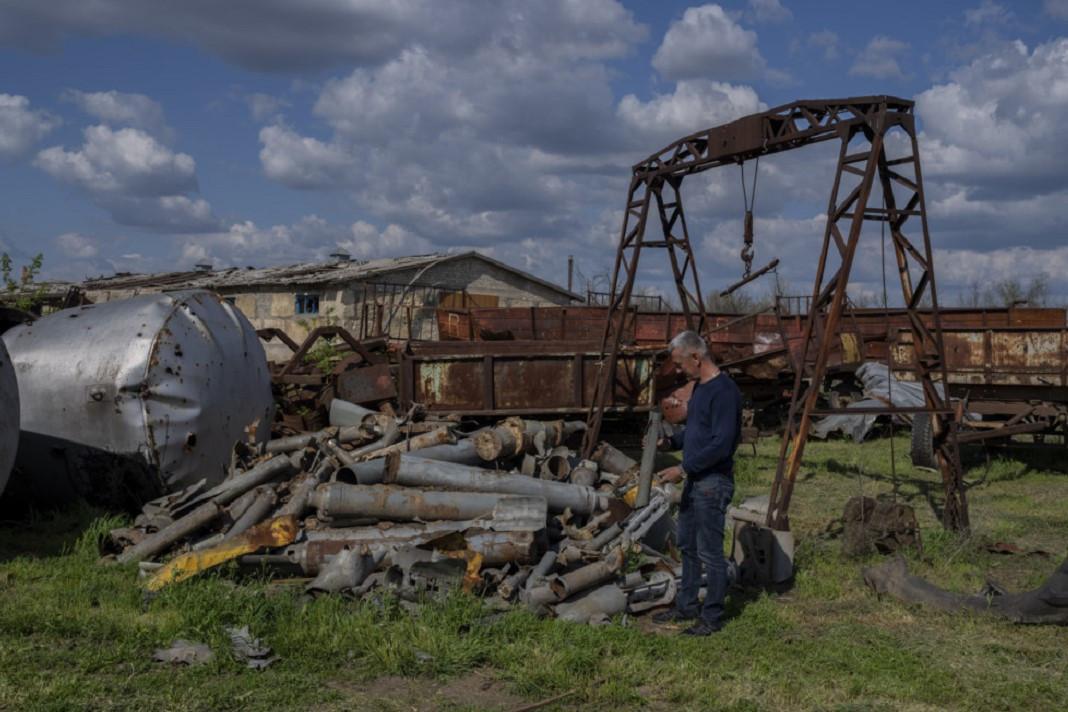
Across Ukraine, the war has forced grain growers into a vicious dilemma. Farmers in areas now free from Russian occupation are risking their lives to strip their land of explosives before the critical spring planting season.
Even then, they must cope with soaring production and transportation costs caused by Russia’s blockade of many Black Sea ports and recent restrictions that neighboring countries imposed on Ukrainian grain.
The dual crisis is causing many farmers to cut back on sowing crops.
Bottlenecks in shipping grain by land and sea are creating losses, with expectations of a 20 percent to 30 percent reduction in grain output, poorer quality crops and potentially thousands of bankruptcies next year.
The “drastic reduction” of grain crops potentially threatens global food security, said Pierre Vauthier, head of the U.N. Food and Agriculture Organization in Ukraine.
“That is the main thing everybody eats. So that’s why it is a big concern.”
More than a year since Russia’s invasion, the Ukrainian agriculture industry is starting to see the full impact of what’s been dubbed “ the breadbasket of the world,” whose affordable supplies of wheat, barley and sunflower oil are crucial to Africa, the Middle East and parts of Asia where people are going hungry.
The FAO says 90 percent of agricultural businesses lost revenue and 12 percent reported lands contaminated with mines.
Land planted with grain dropped last year to 11.6 million hectares from 16 million hectares in 2021. That’s expected to fall to 10.2 million hectares this year.
In the southern Kherson province, farmers make the same, often tragic, calculation: Take the risk and plant or lose their livelihoods.
The region is among the highest wheat-producing areas in Ukraine and the most heavily mined. Demining services are overstretched, with infrastructure and civilian homes prioritized over farms.
But growers can’t wait: April and May are key planting months for corn, the autumn months for wheat. Many are switching to planting oil seeds that are less costly.
“We have nearly 40 big farmers in our area, and nearly everyone is unable to access their lands except two,” said Hanna Shostak-Kuchmiak, head of the Vysokopillya administration.
Everyone understands the risks, said Shkuropat, who’s vast 2,500 hectares of land once grew peas, barley, millet and sunflowers. He estimates that half can be planted.
Last month, one of his workers was killed and another was wounded while picking up metal missile remnants.
“If we sow, if we grow crops, people will have jobs, salaries and they will have a means to feed their families,” Shkuropat said. “But if we don’t do anything, we will have nothing.”